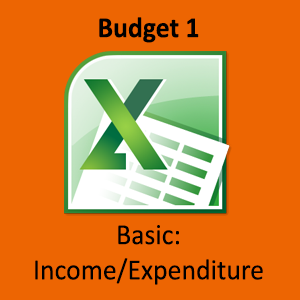This is the simplest of all budgets – it only consists of a Summary, an Income Sheet, and an Expenditure sheet (you can see each of these in turn by clicking on the tabs at the bottom left of the spreadsheet).
For those of you who have a copy of the book, you’ll notice that I’ve used the same numbers that we used when you did your paper and pencil exercise in the chapter on budgeting in Open Book Theater Management. You can now see how what you did with a pen and paper can look on an Excel spreadsheet. Why not try playing around with the numbers in exactly the same way as we did with the examples in the book?
You’ll notice that I’ve not included anything on Unit Funding and Unit Returns on loans. This is simply a money in vs. money out budget, and effectively assumes that you personally have the cash in your pocket to mount the production (coming, for example, from the coffers of the fictitious Drama Society used in the book).
If you do this, it’ll give you a good idea of how the basics of auto calculation work in Excel – there aren’t many formulas, so change your projected expenditures and incomes and see what happens. It’s also a great opportunity to imagine what the actual income figures might be, and then input them just to see how things look on the page.
If you’re feeling brave, click on a cell with a formula in it (white with a black border) and read the formula in the formula bar near the top of the page, then try to understand exactly what the formula is doing. If you’re a first time Excel user, or you’re not yet ready to think about formulas and the sums that they do on your behalf, then all you need to know is that each cell has a reference, just like a map grid or a chess board – with numbers down the side, and letters across the top. The formula bar does magic in those white boxes with black borders, and does all the sums for you. Don’t sweat it if you don’t understand how it works.
When you feel comfortable, move on to Training Budget 2.
